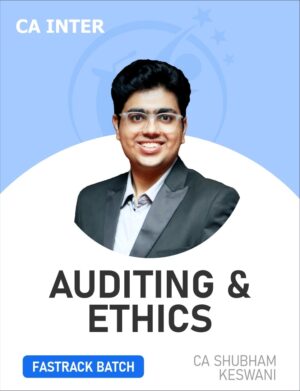Why CP1 from The Academic Junction??
- Experienced corporate faculties with 13-14 exams cleared to make you understand the application of knowledge contained in the subject.
- Classes available in all 3 modes- Classroom, Live Online and Videos.
- Multiple small batches to focus on personal interaction and development.
- Regular Assessments and feedback sharing to discuss your improvement areas.
- Detailed Study plan, Chapter Wise Important Topics Detailed description- main highlights.
- Exclusive writing and discussion sessions oriented to case studies and past papers discussion.
- Regular doubt classes to help you learn technical skills and clear your conceptual knowledge.
- It’s not about only writing, it’s about what to write and how much to write so writing and discussion sessions is our USP and that too by All India ST4 Topper.
- Handwritten Notes for Each and Every Chapter.
CP1 Course Content by Institute and Faculty of Actuaries, UK
Actuarial Practice (CP1) builds on the technical material covered in all the earlier subjects and uses the techniques learnt to solve practical problems that might arise in any area in which actuaries practice. Additional material on risk management is introduced as an essential introduction to the Chartered Enterprise Risk Actuary qualification.
Exam format:
2 x paper-based exams, 3 hours and 15 minutes each.
Scientific Calculator is allowed in exam. However, you can use only one of the models from the list below. This can also be used for future exams.
1. Casio FX82 (ES/MS) (with or without any suffix)
2. Casio FX83 (ES/MS) (with or without any suffix)
3. Casio FX85 (ES/MS) (with or without any suffix)
4. Sharp EL531 (with or without any prefix or suffix)
5. Texas Instruments BA II Plus (with or without any suffix)
6. Texas Instruments TI-30 (with or without any suffix)
7. Hewlett Packard HP12c (with or without any suffix)
CP1 SYLLABUS by IFOA
In the CP1 subject, the approximate split of assessment across these three skill types is 20% Knowledge, 50% Application and 30% Higher Order Skills. The focus of skills differs between the two papers. Paper 1 will primarily test Knowledge and Application skills. The approximate split of assessment for paper 1 across the three skill types is 30% Knowledge, 55% Application and 15% Higher Order skills. Paper 2 will primarily test the Application and Higher Order skills. The approximate split of assessment for paper 2 across the three skill types is 10% Knowledge, 45% Application and 45% Higher Order skills.
Each paper will be marked out of 100 and the scores for the two papers will be aggregated.
There will be no requirement to pass or to reach a minimum standard on either paper on a stand-alone basis. In the examination questions may be set on any area of work in which actuaries participate, including wider fields such as banking, environmental issues, management of natural resources, and other topics. Questions will not require technical knowledge of the subject context beyond the material covered in this and the Actuarial Statistics, Actuarial Management and Business subjects, but a general understanding of the business, commercial, social and natural environment will be assumed.












